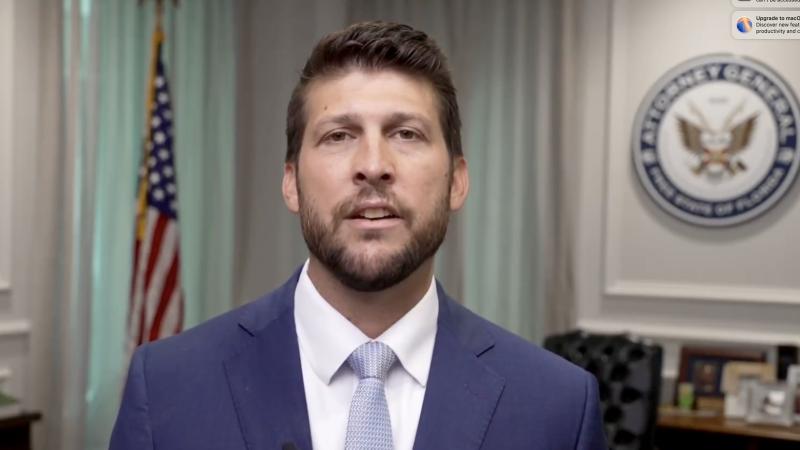As insurers flee California, Gov. Newsom signs executive order to save property insurance market
Governor Newsom signed a new executive order restructuring the state’s fire insurance regulations after rising claims and inability to sufficiently raise rates led many leading insurers to leave the state.
California governor Gavin Newsom signed a new executive order restructuring the state’s fire insurance regulations after rising claims and inability to sufficiently raise rates led many leading insurers to leave the state.
“It is critical that California’s insurance market works to protect homes and businesses in every corner of our state,” Newsom said in a press release. “A balanced approach that will help maintain fair prices and protections for Californians is essential.”
In the wake of State Farm and Allstate announcing they would stop accepting new homeowner insurance customers in California, S&P Global reported rising property insurance rates and less insurance availability would drive up housing costs and force even more Californians to leave the state, putting the state’s long-term fiscal health — and credit rating — at risk.
61% of polled California residents say the cost of living is the number one reason they are considering leaving California, and four in every ten Californians are considering moving to another state. Should enough working people leave, governments in California could struggle to pay for their welfare and retirement systems.
Insurers say they are leaving the state because as the cost of property claims, driven by fire insurance claims, continues to increase, the state is preventing them from raising their rates quickly enough to cover their losses. As more California homeowners lose access to property insurance options on the open market, their only choice is to enroll in the state’s insurer of last resort. This insurance option, called the FAIR Plan, has significantly higher premiums than the regular insurance market due to the higher fire risks associated with its users. The FAIR Plan is not subsidized by the state and is entirely paid for by its enrollees. With more insurers abandoning the state and leaving homeowners without any other, the FAIR Plan has experienced rapid growth in recent years.
Newsom’s executive order, which seems to be a direct response agreeing to insurers’ concerns echoed by state Republican leaders, seeks to reverse these trends by ordering the California Commissioner of Insurance to improve the rate approval process so property insurers can return to or at least stay in California and thus reduce reliance on the FAIR Plan.
“While Californians needed [state officials] to act on this crisis years ago, I’m glad that Commissioner Lara has now heeded the Republican Caucus’ advice to act on his existing authority rather than just waiting for a legislative deal to emerge,” said Senate Minority Leader Brian Jones, R – Santee in a statement to The Center Square.
However, Newsom appears to have been slow to act on the state’s forest management policies that are responsible for creating wildfire conditions. According to analysis by The Center Square, roughly 40% of forests in California, or approximately 7.5 million acres of federal forests and 5.6 million acres of state-managed forests require the removal of fire-prone brush buildup that leads to wildfires via either manual removal or controlled burns. At the state’s current rate of treating just 100,000 acres of at-risk forest per year, California’s backlog would take 56 years to clear, not including the additional new areas that will need treatment.
“You either burn it out or carry it out, but California’s forests generate about 5 billion board-feet of new growth each year, and you either burn it out or you carry out, so fire suppression must be accompanied by some kind of management that takes into the account that we’re not letting natural fires burn,” said California Policy Center co-founder and natural resources expert Edward Ring. Newsom’s done the right thing but now it’s time for him to deregulate the timber industry so we can start bringing it back to thin California’s forests, reduce fire risk, increase the supply of affordable lumber, and create great new jobs in the logging and milling industry.”
Ring said simply allowing natural fires to burn is no longer an option given the density-induced-dryness of California’s forests, leaving timber harvest, grazing, controlled burns and mechanical thinning as the only options.
“Due to fire suppression, combined with the near-elimination of California timber harvesting over the last 30 years, California’s forests have developed a tree density that is around 5 times greater than what is historically normal,” Ring said. “Because we’ve allowed California’s forests to become overcrowded, trees are competing for light, rainfall, and soil nutrients. This stress leaves the trees dried out and provides a tremendous amount of fuel for what can often become catastrophic fires.”













